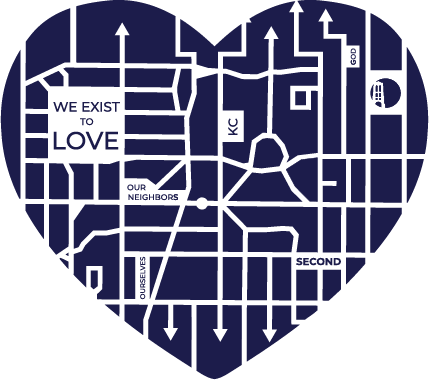Understanding Structural Racism & Other Terms often used when talking about Racism
What is structural racism?
Dismantling structural racism is one of Second's commitments as a Matthew 25 church. The Smithsonian Museum of African American History and Culture has done a great job of explaining this and other terms that often get used when talking about racism. Take a look at these definitions, noting which ones are new to you. Want to learn more? Connect with the Matthew 25 Committee or Anti-Racism Group by emailing Steve Moore (M25 Committee chair) at steve.moore@lsr7.net or Rev. Kristin Riegel at kriegel@secondpres.org.
Race does not biologically exist, yet how we identify with race is so powerful -- it influences our experiences and shapes our lives. In a society that privileges white people and whiteness, racist ideas are considered normal throughout our media, culture, social systems, and institutions. Historically, racist views justified the unfair treatment and oppression of people of color (including enslavement, segregation, internment, etc.). We can be led to believe that racism is only about individual mindsets and actions, yet racist policies also contribute to our polarization.
Individual racism refers to the beliefs, attitudes, and actions of individuals that support or perpetuate racism in conscious and unconscious ways. The U.S. cultural narrative about racism typically focuses on individual racism and fails to recognize systemic racism. Examples include believing in the superiority of white people, not hiring a person of color because "something doesn't feel right," or telling a racist joke.
Interpersonal racism occurs between individuals. These are public expressions of racism, often involving slurs, biases, or hateful words or actions.
Institutional racism occurs in an organization. These are discriminatory treatments, unfair policies, or biased practices based on race that result in inequitable outcomes for whites over people of color and extend considerably beyond prejudice. These institutional policies often never mention any racial group, but the intent is to create advantages. Example: a school system where students of color are more frequently distributed into the most crowded classrooms and underfunded schools and out of the higher-resourced schools.
Structural racism is the overarching system of racial bias across institutions and society. These systems give privileges to white people resulting in disadvantages to people of color. Example: Stereotypes of people of color as criminals in mainstream movies and media.
Source/learn more: https://nmaahc.si.edu/learn/talking-about-race/topics/being-antiracist
